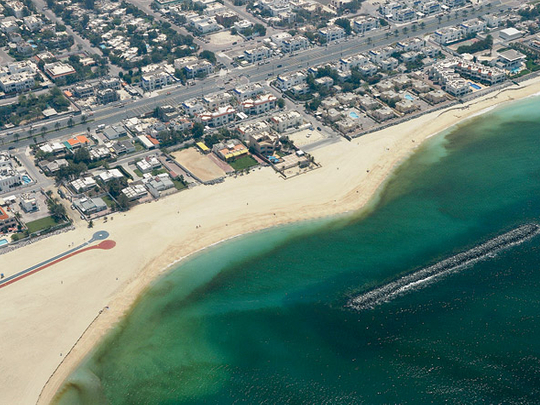
Dubai: The causes behind red tide that plagued the coastlines of the UAE last year will be put under the microscope at a joint workshop organised by the Ministry of Environment and Water and the UAE University in Al Ain.
A senior scientist from the Woods Hole Oceanographic Institution and world-renowned expert in the area of algae blooms, Donald Anderson has been called on to provide technical advice to the ministry about the red tide phenomenon and develop a programme to monitor and control phytoplankton.
Red tide is used to describe harmful algae blooms in marine coastal areas as the water is often tinted a reddish colour from marine organisms which flourish given the right circumstances. It is unclear what causes harmful algae blooms. Their occurrence in some locations appears to be entirely natural, while in others they appear to be a result of human activities.
The ministry is rolling out several initiatives in a bid to control and monitor the impacts of algal blooms, and train technical staff to classify organisms and marine plankton with the aim of finding a retardant to impede the growth of marine organisms linked to such blooms. The ministry's Centre for Marine Environmental Research will hold the training course from March 14 to 18.
Aerial images
The 10-part national plan involves gathering aerial images of the shoreline in collaboration with the Regional Organisation for the Protection of the Marine Environment based in Kuwait that uses satellite remote sensing.
Mariam Al Shinasi, executive director for Technical Affairs at the Ministry of Environment and Water, added that several stations will be set up to collect and identify samples of phytoplankton and nutrients on a regular basis.
Mariam said the stations will give readings on the temperature of the water and the possibility of the presence of harmful algae.












